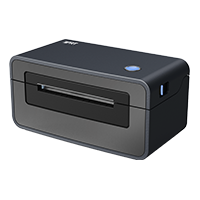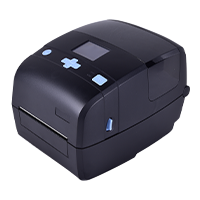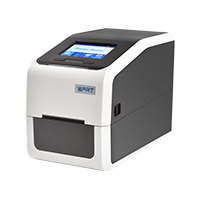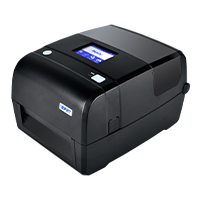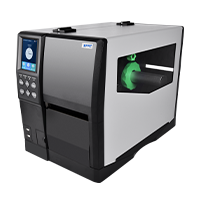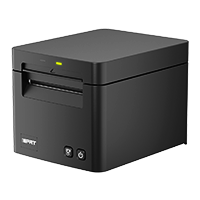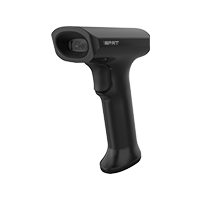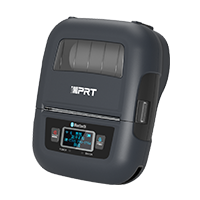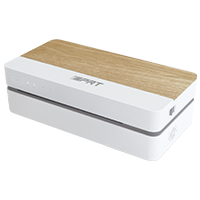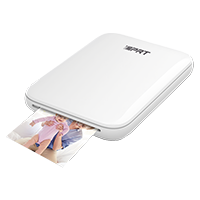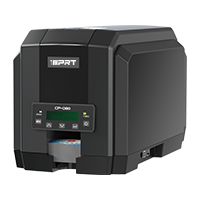How to Print High-Quality Barcodes?
2024-03-01 15:32
Barcode technology is widely used in everything from retail to healthcare to manufacturing. Poor quality barcodes would lead to scanning failures and cause work disruptions. This article will discuss the factors affecting barcode quality and provide practical advice on printing high-quality barcode labels.
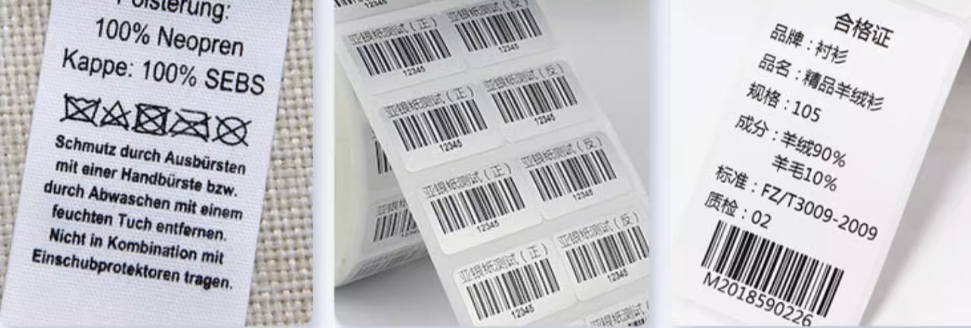
Factors Affecting Barcode Quality
1. Barcode Resolution
The clarity of a barcode is directly tied to its resolution, which is indeed measured in DPI (dots per inch). Higher DPI results in sharper, more accurate barcodes.
Most barcode printers can print at resolutions of 203 DPI or higher. Generally, barcodes printed at a higher resolution are less likely to suffer from scanning errors.
2. Barcode Software
The software used to create and print barcodes can have a significant impact on the quality of the output. There are many different barcode printing software programs available, both free and paid.
High-quality software can accurately generate the barcode in the chosen symbology, adhere to standards, and optimize the barcode for the intended printing resolution and medium.
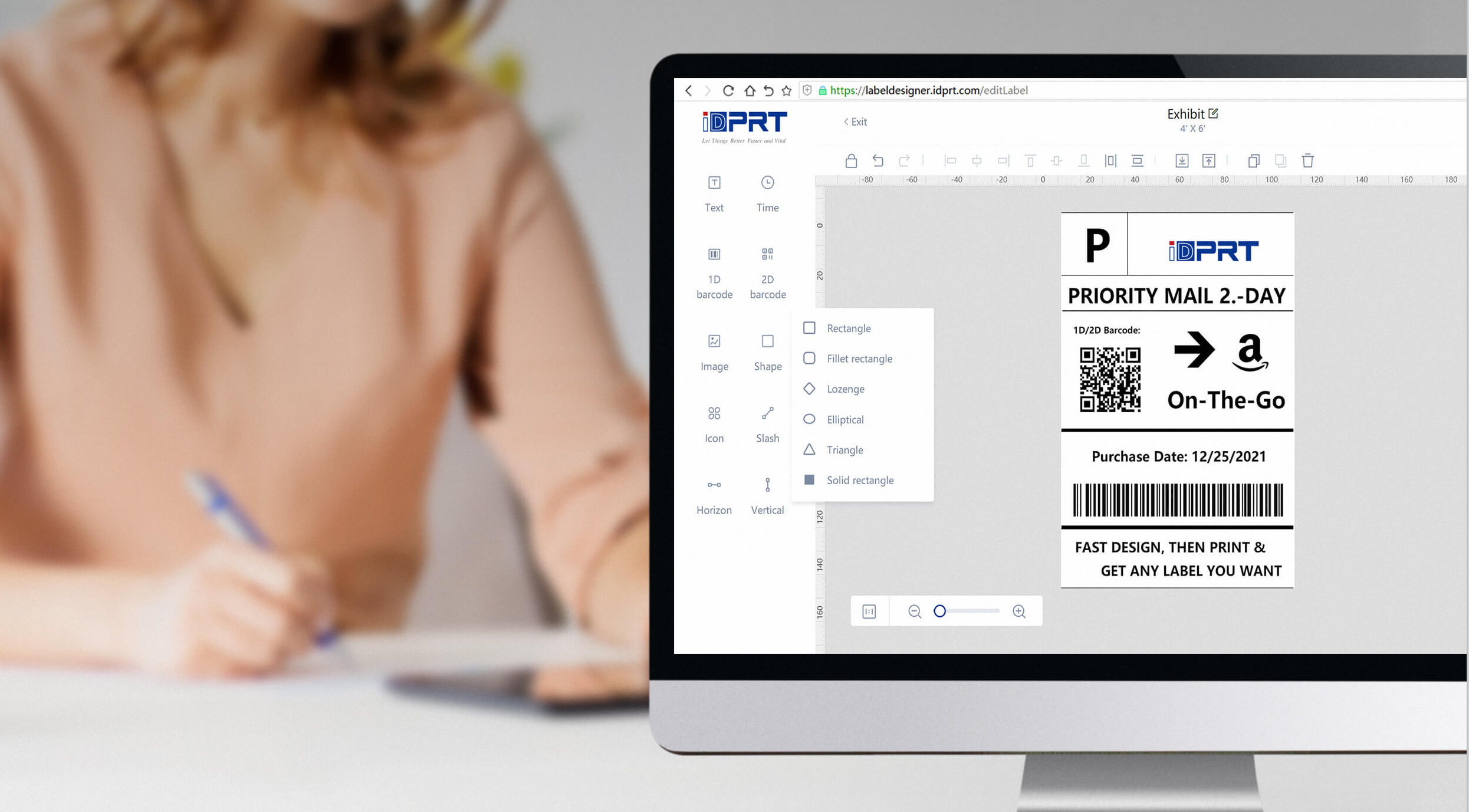
iDPRT offers industry-leading, free-to-use Bartender software for you. Alternatively, users can opt for iDPRT’s proprietary software, Label Designer, which features a wide range of free label templates of various industries.
3. Barcode Printer
The type of barcode printer used can also affect the quality of the barcodes. Generally, thermal transfer barcode printers produce more durable and clear barcodes, texts and graphics than direct thermal printers.
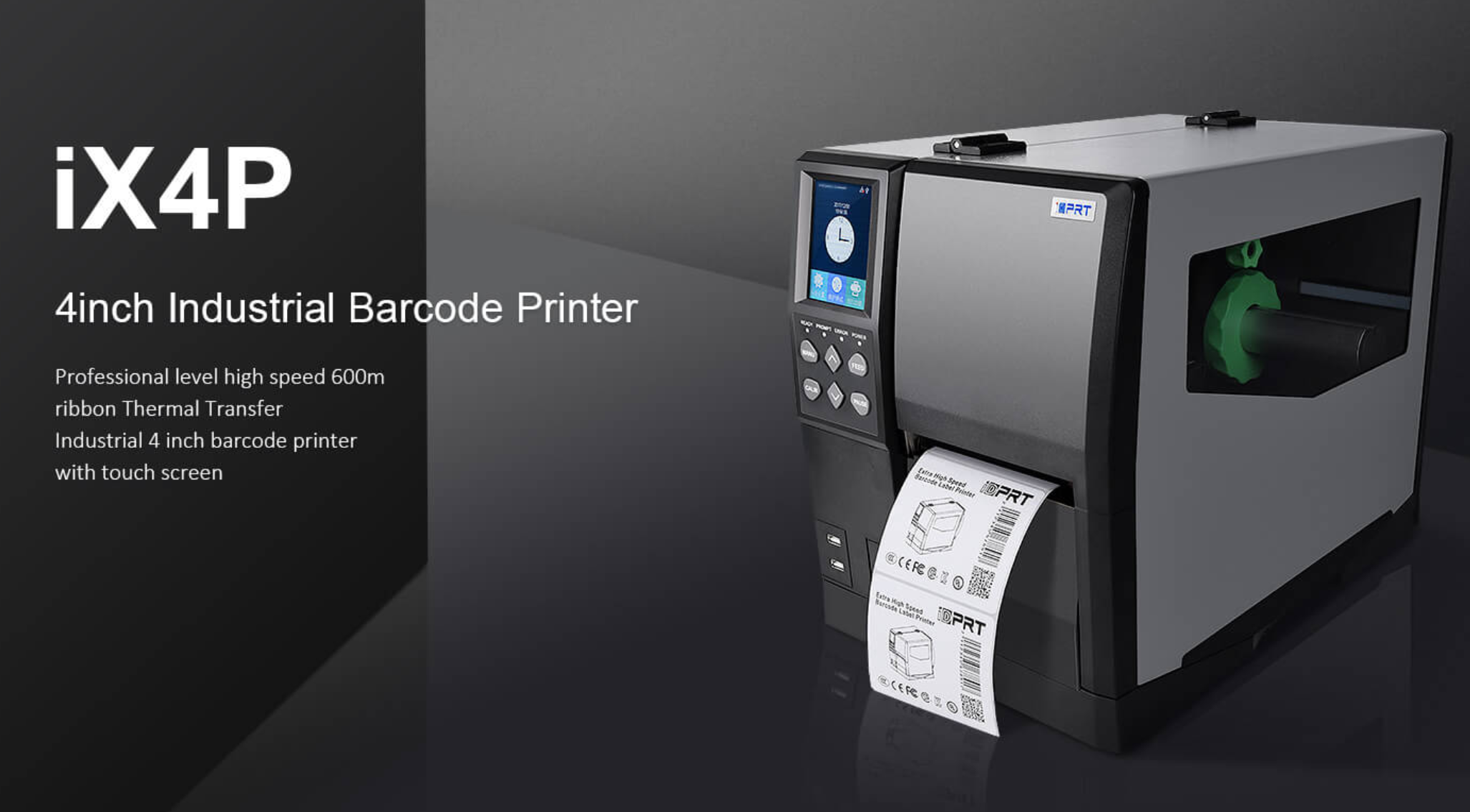
Additionally, high-quality barcode printers produce consistent and uniform barcodes with well-defined edges and spaces. This reduces the chances of misreads and errors during scanning.
Beyond the factors mentioned, several practical tips can also enhance the quality of printed barcodes.
● Media Selection

Opt for the right label material and ribbon combination, considering your specific needs and environmental conditions. Durability, chemical resistance, and temperature tolerance are key considerations. Make sure the label material is compatible with your printer.
● Prefer Matte Surfaces
Matte surfaces minimize light reflection, improving scanner readability.
● High-contrast Printing
Ensure a strong contrast between the barcode and its background for easy scanner recognition. Avoid using gradients or patterned backgrounds as they can reduce contrast and readability.
● Proper Quiet Zones
Include sufficient quiet zones around the barcode to allow the scanner to identify its start and end. For most 1D barcodes, it’s essential to maintain a quiet zone that is a minimum of ten times the width of the narrowest bar.
By testing printed barcodes for scanner compatibility and adhering to regular cleaning and maintenance schedules for your printer, you can consistently produce high-quality barcodes. For more practical tips and applications of barcode printers, please visit iDPRT blog articles.

